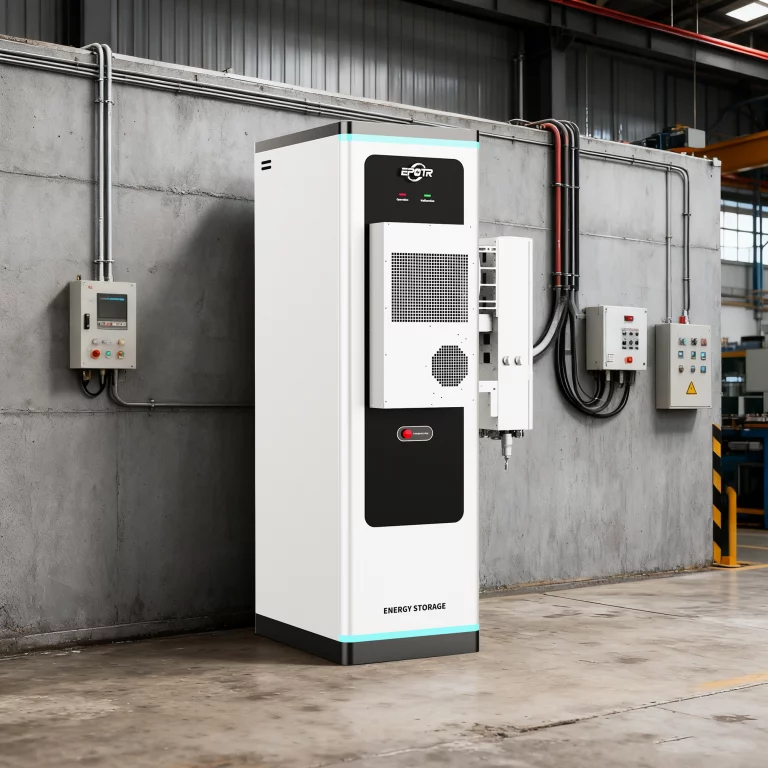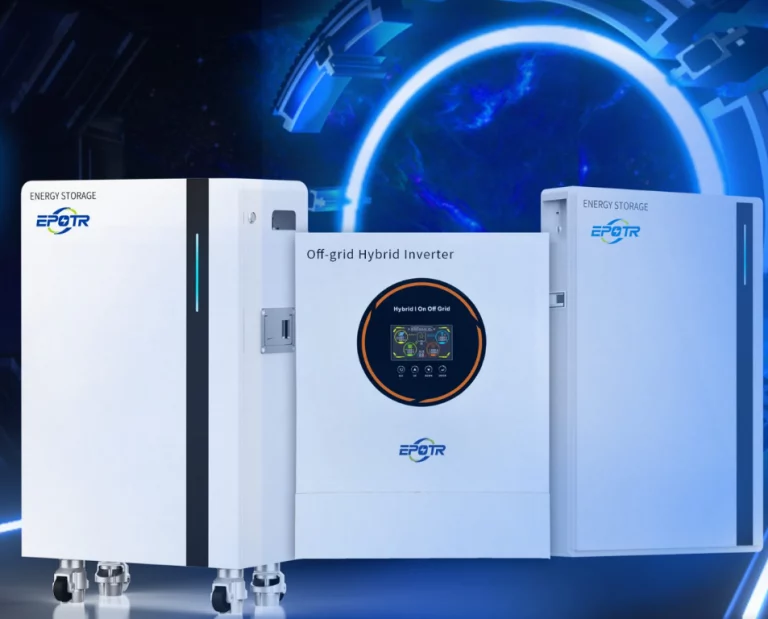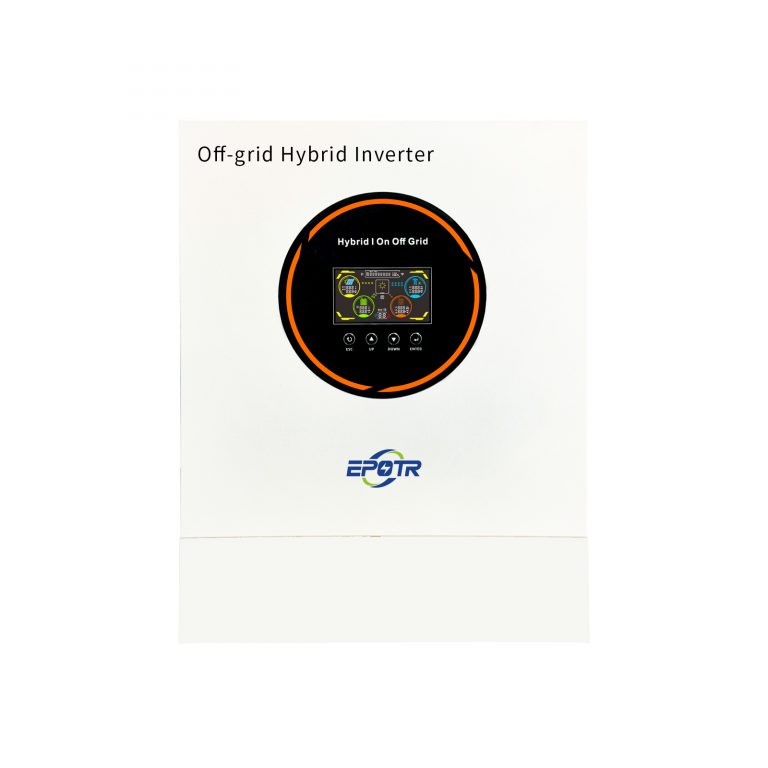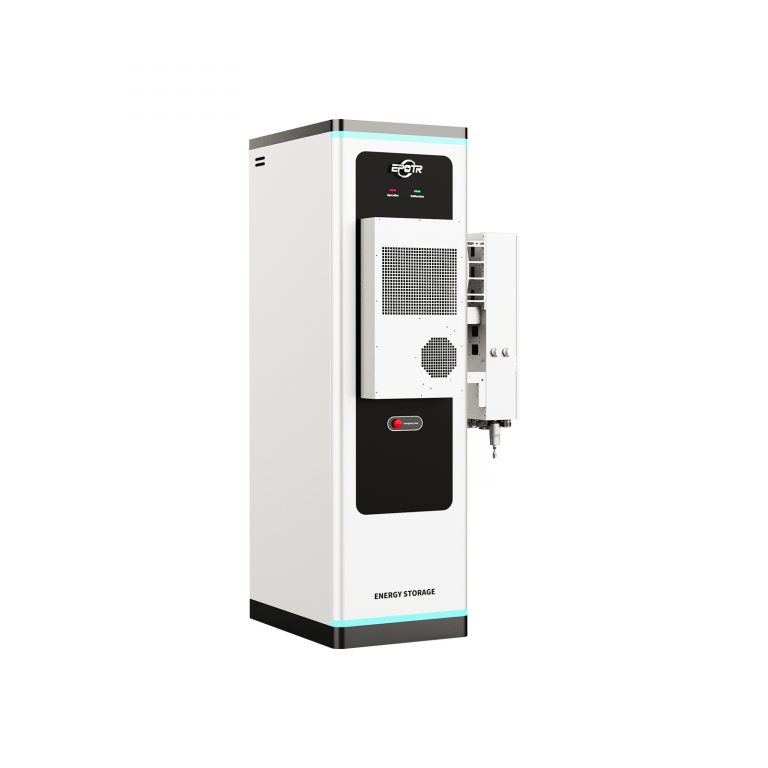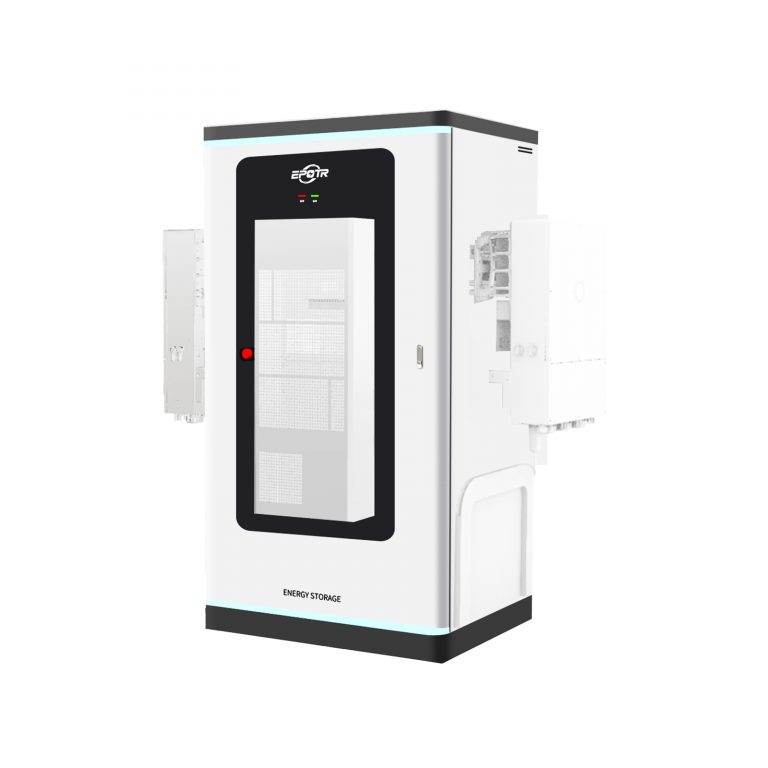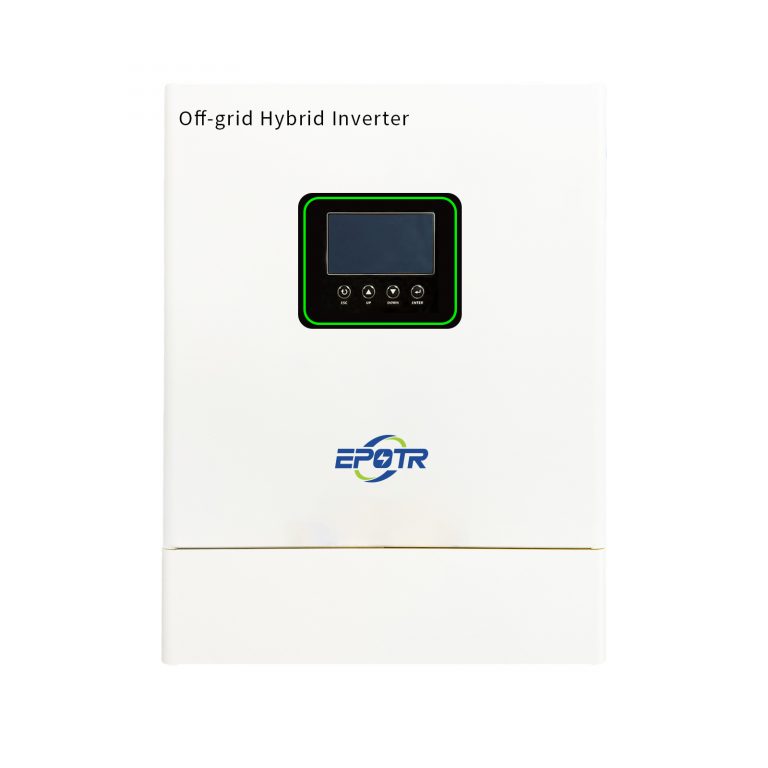Солнечная энергия переходит от хорошей к обязательной во многих домах. Рост счетов за электроэнергию и нестабильное электроснабжение заставляют людей искать системы хранения, которые сохраняют свет включенным независимо от того, что происходит. Но выбор правильной настройки может быть сложным. Некоторые системы небольшие и тонкие, другие большие и тяжелые. Один из умных способов - использовать оба типа вместе - стенные и стоящие на полу системы хранения энергии - для покрытия различных частей вашего ежедневного потребления энергии. Компания, которую стоит отметить здесь EPOTR. Основываясь в Дунгуане, Китай, этот производитель чистой энергии фокусируется на строительстве полных домовых и деловых энергетических систем. Они сочетают в себе передовые литиево-железофосфатные батареи с умным управлением батареями, тепловой защитой и модульными конструкциями шкафов. Их системы широко используются в жилых зданиях, небольших коммерческих проектах и сельских микросетях. Они также предлагают индивидуальные планы проектирования и инженерную поддержку на месте.
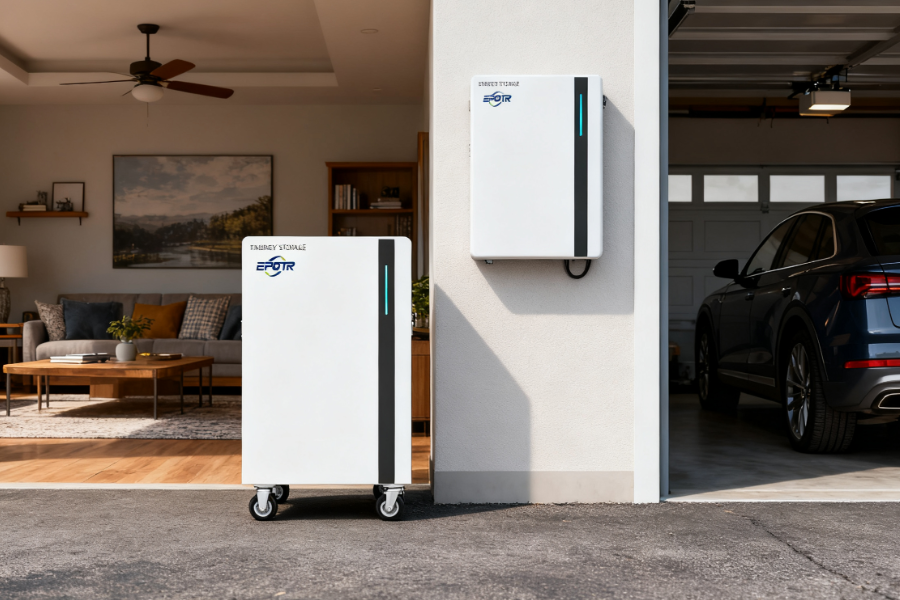
Каковы основные особенности настенного ESS?
Настенные системы хранения предназначены для домов, где плотное пространство. Они висят на стене, как шкаф, и держатся подальше от пути. Вы можете разместить их в гараже, коридоре или даже углу балкона, если он защищен от погоды. Эти системы часто сочетаются с солнечной энергией на крыше, чтобы удерживать дневное питание для вечернего использования.
Компактный дизайн для ограниченного пространства
Они тонкие, обычно толщиной всего несколько дюймов, и могут поместиться там, где половые блоки не могут. Это делает их идеальными для квартир или таунхаусов с небольшими коммунальными комнатами.
Легкая конструкция для простой установки
Большинство стенных блоков весят гораздо меньше, чем половые системы. Несколько работников могут установить их за несколько часов со стандартными инструментами, сэкономив время и затраты на труд.
Высокая плотность энергии для ежедневных домашних нагрузок
Системы, такие как Настенный жилой ESS Используйте литий-железные фосфатные клетки с высокой плотностью энергии. Они хранят достаточно энергии для типичных вечерних нагрузок, таких как освещение, телевизоры и холодильники, не занимая много места.
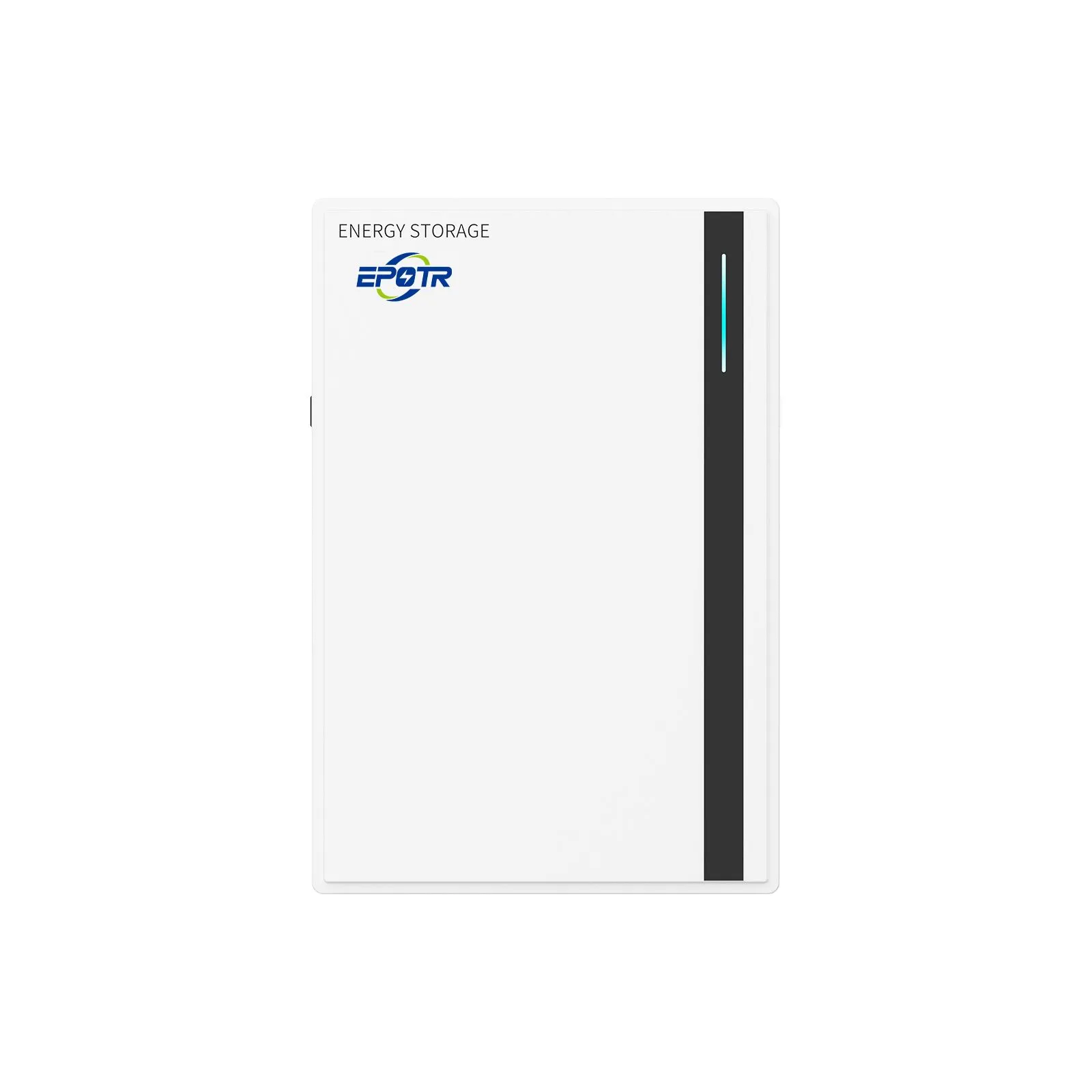
Каковы преимущества полового ESS?
В то время как настенные блоки компактны, системы, стоящие на поле, построены для тяжелых нагрузок и более длительного времени работы. Они крепко сидят на земле и могут нести больше батарейных модулей. Это делает их хорошо подходящими для больших домов или малых предприятий с большими потребностями в энергии.
Большая мощность для тяжелых потребностей в энергии
Половые блоки обычно начинаются с гораздо более высоких мощностей, чем стенные блоки. Они могут питать несколько кондиционеров, водяных насосов или даже легких машин во время отключений.
Модульные аккумуляторные стеки для будущего расширения
В Постоянные жилые ESS может расширяться, накладывая больше модулей по мере роста вашего спроса. Эта модульная настройка позволяет вам начинать с небольшого и наращивать без замены первоначальной системы.
Стабильная конструкция базы для долгосрочного использования
Их широкая база держит их стабильными даже при полной загрузке. Тяжелые стальные рамы и встроенные колеса делают их безопасными для перемещения во время установки, но стабильными для ежедневной эксплуатации.
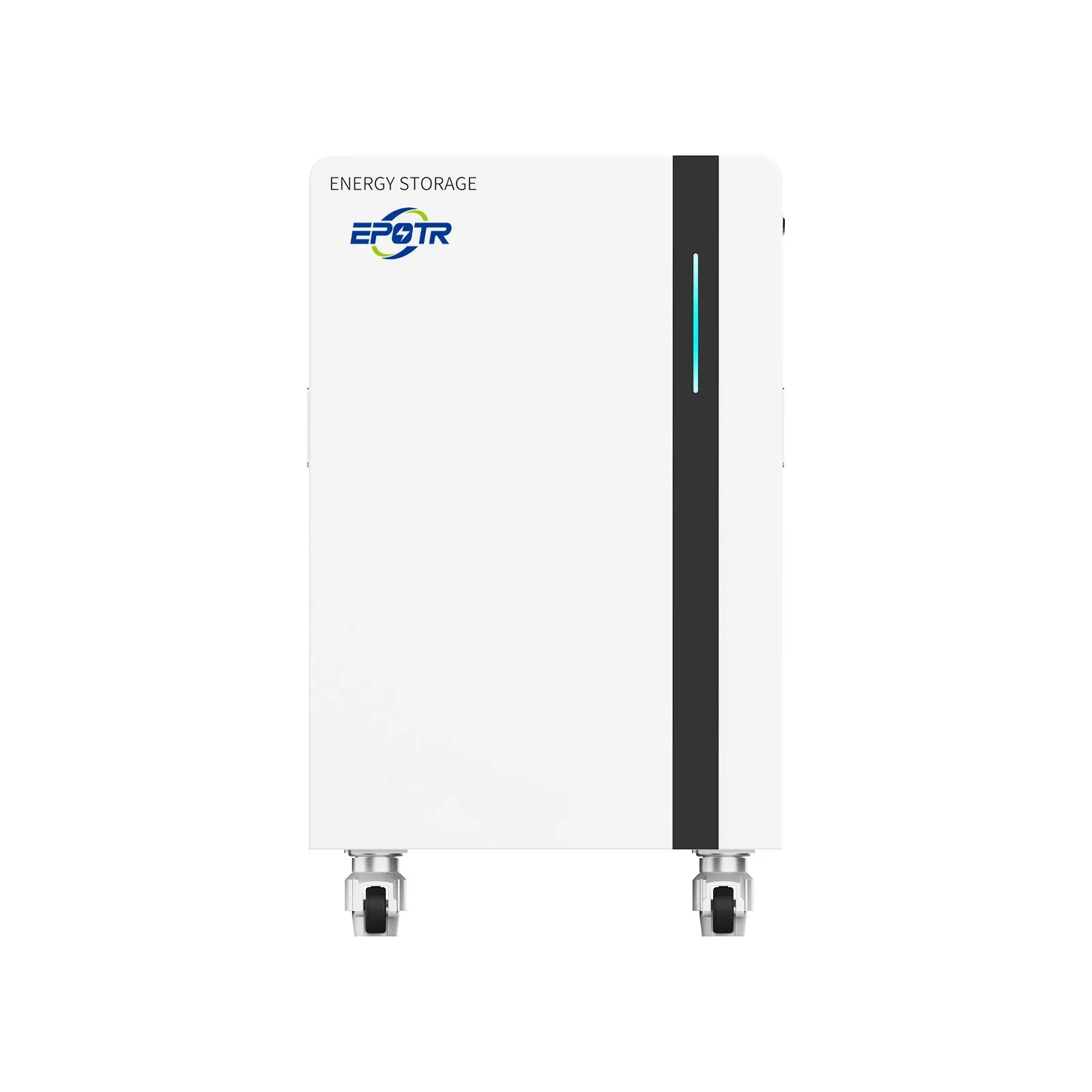
Как это сочетание повышает энергоэффективность?
Использование обеих систем позволяет лучше использовать солнечную энергию. Вместо того, чтобы тратить дополнительную энергию, когда одна батарея заполнена, система отправляет ее другой. Это также снижает нагрузку на сеть и экономит деньги со временем.
Пик бритья во время периодов высокого спроса
В часы пика, когда цены на электроэнергию скачают, вы можете запускать тяжелые нагрузки из системы пола, в то время как стенный блок покрывает небольшие нагрузки. Это снижает затраты на использование сети.
Максимальное самопотребление солнечной энергии
Когда ваши панели делают больше, чем может хранить стенный блок, дополнительный может заряжать этажный блок. Это позволяет использовать почти всю свою солнечную энергию вместо того, чтобы толкать ее в сеть для небольших кредитов.
Снижение зависимости от сети и счетов за электроэнергию
Вытягивание меньше из сети снижает ежемесячные счета. В течение года экономии может быть достаточно для покрытия одного или двух месяцев ваших расходов на электроэнергию.
Каковы соображения по установке и обслуживанию?
Размещение двух систем требует планирования. Вам нужно пространство, безопасные маршруты проводки и легкий доступ для проверок. Но как только они установлены, они работают плавно с небольшим вниманием.
Планирование размещения и распределения пространства
Стенная установка должна быть близка к ежедневным нагрузкам и инвертору, в то время как система пола может сидеть в углу или складе с хорошим потоком воздуха.
Отдельные схемы безопасности и системы мониторинга
Каждый блок должен иметь свой собственный выключатель, защитник и умный монитор. Это облегчает отслеживание состояния батареи и избегает перегрузки.
Упрощенное обслуживание благодаря модульному дизайну
Оба устройства используют модульные батареи. Если один пакет показывает проблемы, вы можете заменить его без выключения всей системы или вызова в большую команду.
В каких сценариях лучше всего работает смешанная настройка ESS?
Не каждый дом или бизнес нуждается в двух системах. Но для мест с меняющимися ежедневными нагрузками или где часто случаются перебои, смешанная настройка приносит спокойствие.
Жильные дома с переменной ежедневной нагрузкой
В домах, где потребление электроэнергии колеблется между легкими днями и тяжелыми выходными, две системы помогают сбалансировать разрыв, не тратя накопленной энергии.
Малый бизнес с критическим оборудованием
Магазины или мастерские, которые не могут позволить себе простоя, могут запускать критически важные инструменты из системы пола, сохраняя огни и офисное оборудование на стенной системе.
Удаленные районы с нестабильным сетевым снабжением
В районах, где сеть часто выходит из строя, наличие двух систем позволяет без задержек работать как легкие, так и тяжелые нагрузки, даже во время длительных отключений.
Как EPOTR может обеспечить интегрированные решения ESS?
Планирование гибридной системы требует тщательного сопоставления размера батареи, настроек инвертора и частей безопасности. EPOTR предлагает полный поддержка проекта Чтобы сделать этот процесс плавным.
Дизайн и поддержка гибридных систем
Их команда проверяет ваш профиль нагрузки и проектирует системы, чтобы соответствовать вашему пространству, потреблению энергии и бюджету.
Бесплатная интеграция систем ESS и инверторов
Они создают блоки хранения, которые беспрепятственно работают с солнечными инверторами и сетевыми системами, избегая общих проблем с проводкой и совместимостью.
Масштабируемые дорожные карты хранения энергии для будущего роста
Они также создают долгосрочные планы, чтобы вы могли расширить мощность позже. Это позволяет избежать разрушения старых настроек, когда ваше потребление энергии растет.
Часто задаваемые вопросы
Q1: Могут ли настенные и настенные ESS безопасно работать вместе?
О: Да, до тех пор, пока каждый имеет свои собственные выключатели безопасности и надлежащий контроллер для управления разделением нагрузки.
Q2: Сколько пространства нужны две системы?
Ответ: Стенному блоку нужна только небольшая часть стены, в то время как половому блоку обычно нужен около одного квадратного метра открытого полового пространства.
Q3: Будет ли использование двух систем увеличить счет за электроэнергию?
О: Нет, это может снизить ваш счет, сохраняя больше солнечной энергии и сокращая использование сети в часы пика.
Q4: Могут ли эти системы работать без солнечных панелей?
О: Да, они могут заряжаться из сети, хотя солнечные панели помогают сэкономить больше денег со временем.

